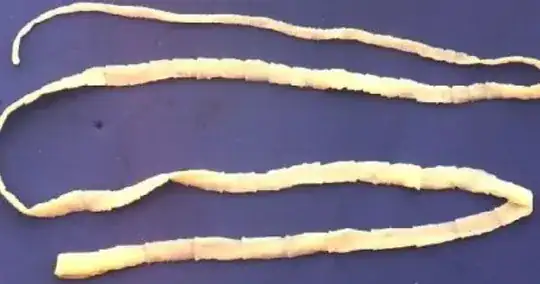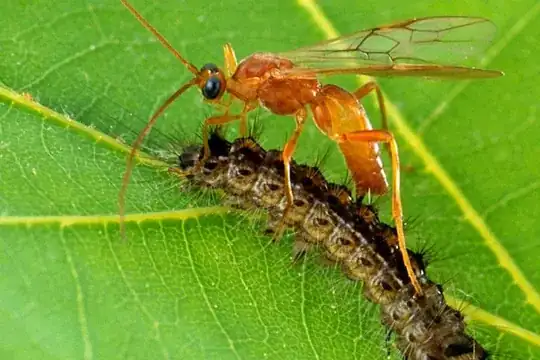For mammals... this could be a problem.
A pretty average human being(62 kg) uses about 550 liters of pure oxygen per day(at sea level pressure).
So call it 9-ish litres per kg.
A single naked mole-rat is about 35 grams.
A colony is 20 to 300 individuals, with an average of 75.
So an average colony of 75 might weigh in at about 2.5-3.0 Kg of mammal-flesh.
They're extraordinarily long-lived for a rodent of their size (up to 31 years).
Small rodents tend to use more, not less oxygen by weight (more active) but let's make some generous assumptions:
Let's assume they use 10% as much oxygen by weight as humans.
Your colony still needs 2.7 litres of pure O2 per day or 13.5 litres of normal air (20% oxygen) assuming they use it perfectly somehow.
From this we can conclude that this is not a workable strategy:
weak or old fleshmoles are driven to the surface, where they take a huge lungful of air, become paralyzed (neatly plugging the hole and removing the paralytic agent from the air they breathed in), then are dragged back down and rapidly consumed by their brethren.
They live too long, their lungs are too small and it's just not gonna work. They couldn't provide a tenth of the air needed even with generous assumptions.
But if I remember correctly you talked about how your victims are left alive. The air in their lungs is not a good option, it's contaminated by the spores just like the outside air.
So let's try another option.
Again, let's steal from real life organisms.

Real paracites need oxygen, how do they get it?
They absorb it from their host, often directly from the blood.
Your victim has a perfectly good set of lungs and they're going to be alive for quite a while (longer if nothing burrows into their lungs).
So your moles could be adapted to burrow into the flesh (careful not to cause lethal harm), find big arteries close to the heart/ lungs where it's rich in oxygen and then filter lots of oxygen from the blood and to somehow feed it back to their kin bellow using the victim as a living oxygen filter.
Perhaps, if desperate and lacking prey for a long long time, the moles might sacrifice one of their own to use the same trick: one of them breathes while the others filter oxygen from its blood below.
This leads on to some grim conclusions.
It's going to be in the moles' interest to keep the victim alive for as long as possible.
Too much bonegrass growing up through them will kill too fast. So the moles could be chewing away the roots of some of the young bonegrass to keep it from killing the victim quickly. The bonegrass wants to kill you fast. The moles want to keep you alive for as long as possible.
Indeed, weirdly, if they have access to lots of calories but not much oxygen it could be in their interest to feed sugars into your blood while taking oxygen out.
To stop you dying from infections they might even release antimicrobials as they chew into your flesh.
(Additional reason for people to enter the bonegrass: fleshmole teeth could have "venom" sacks containing potent antibiotics)
They also might carefully feed on fatty tissue, avoiding blood vessels, again to keep their victim alive for as long as possible.
There are some far more practical options for filtering air... but they're not as fun as absorbing it from the blood of still living hosts.
Now, there's also another possible use for your victim. A nice warm place for baby fleshmoles and similar parasites to grow.
Here's a species of wasp which lays its eggs inside still-living hosts.
♫It lands on caterpillars
It lays it's eggs inside
To make sure that the meat's fresh
It keeps the things alive
All things bright and beautiful...♫

Some wasps have an even more disturbing effect on their victims.
Once the babies have eaten their way out through the hosts flesh the host's behavior has been altered by the parasite and the caterpillar spends the remainder of its life trying protecting the parasites.
https://youtu.be/7UkDMrG6tog?t=8
So for added creepiness, imagine someone getting paralyzed, fleshmoles eat through their flesh but before they die the wind changes direction, the amount of paralytic poison decreases and they make their escape.
They have a few baby fleshmoles under their skin but rather than wanting to cut them out and destroy them the host feels a strong compulsion to care for them because the fleshmoles have released a hormone that hijacks the normal instincts to protect your children.
Someone is rescued from the bonegrass and the fleshmoles. The town rejoices. But the following week they're found carrying around a blanket filled with a squirming mass of infant fleshmoles treating them like a baby and feeding them chunks of raw meat.

